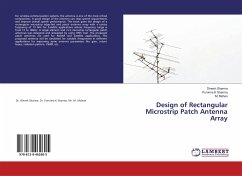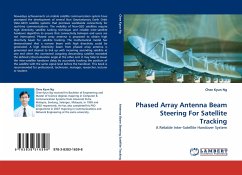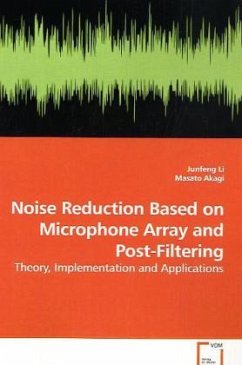
Energy Yield Optimisation for a 600 MW Tidal Array
3D Tidal Regime Modelling for a Full Lunar Cycle
Versandkostenfrei!
Versandfertig in 6-10 Tagen
37,99 €
inkl. MwSt.

PAYBACK Punkte
19 °P sammeln!
The tidal effects are driven by the gravitational force exerted by the moon (68%) and the sun (32%) upon the earth at a rate of about 3.7 TW. At a present global electricity production of 17,400 TWh/year and an estimated marine current resource of 800 TWh/year, this carbon-free generation method could provide about 5% of the world's electricity demand. Due to the complex marine environment, the design of commercial-scale tidal arrays represents a challenging task. To prepare for fact-based investment decisions, the representation of the tidal regime in a wide-area 3D flow model and capacious c...
The tidal effects are driven by the gravitational force exerted by the moon (68%) and the sun (32%) upon the earth at a rate of about 3.7 TW. At a present global electricity production of 17,400 TWh/year and an estimated marine current resource of 800 TWh/year, this carbon-free generation method could provide about 5% of the world's electricity demand. Due to the complex marine environment, the design of commercial-scale tidal arrays represents a challenging task. To prepare for fact-based investment decisions, the representation of the tidal regime in a wide-area 3D flow model and capacious computer calculations for optimising the scheme layout and rating are required. The differing risk/reward preferences and financial capabilities of potential investors can be taken into account in early stages by the examination of the 'installed capacity/capacity factor'-ratio. Based on the fundamental insight gained during the investigation of the performance characteristics of an envisaged600 MW tidal array in Korea, financially attractive park configurations were identified. The described concepts shall serve developers and investors to de-risk their projects in the feasibility stage.












